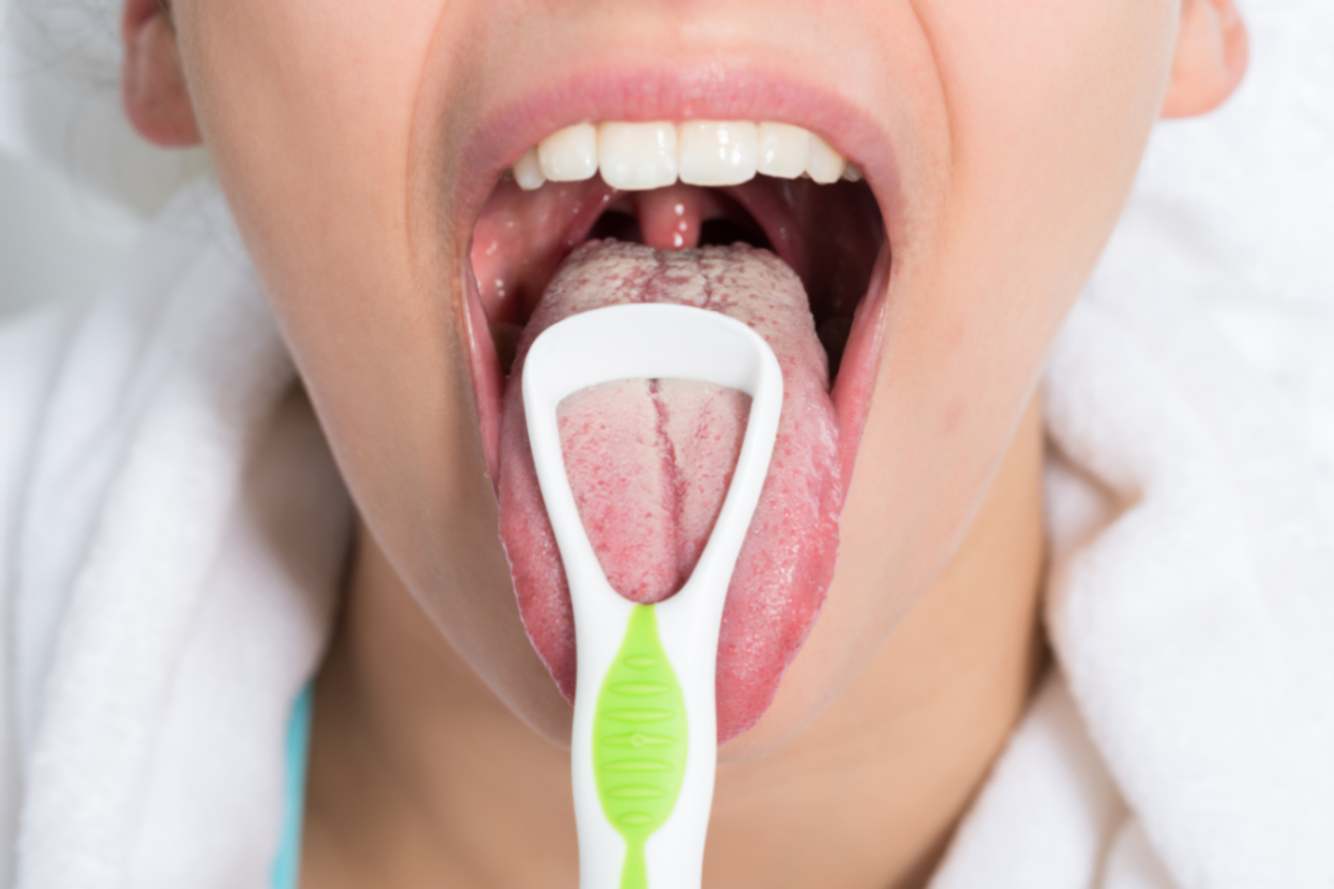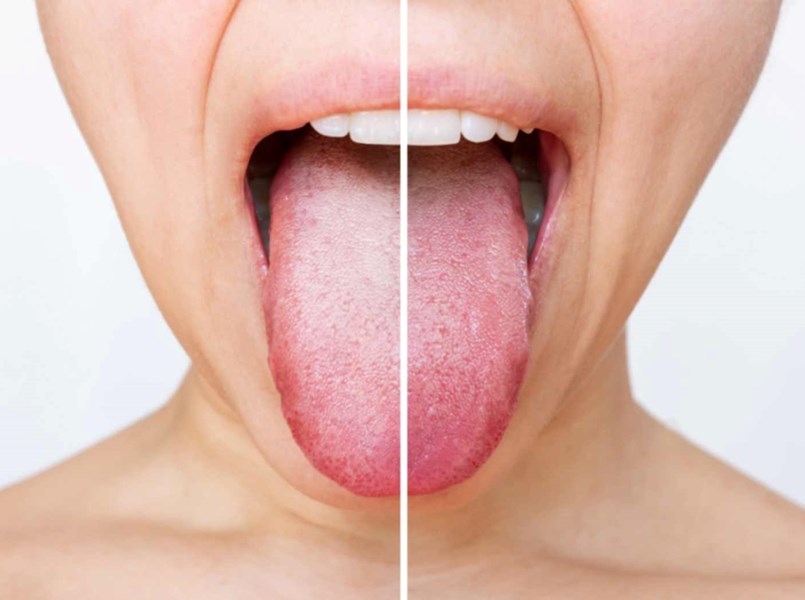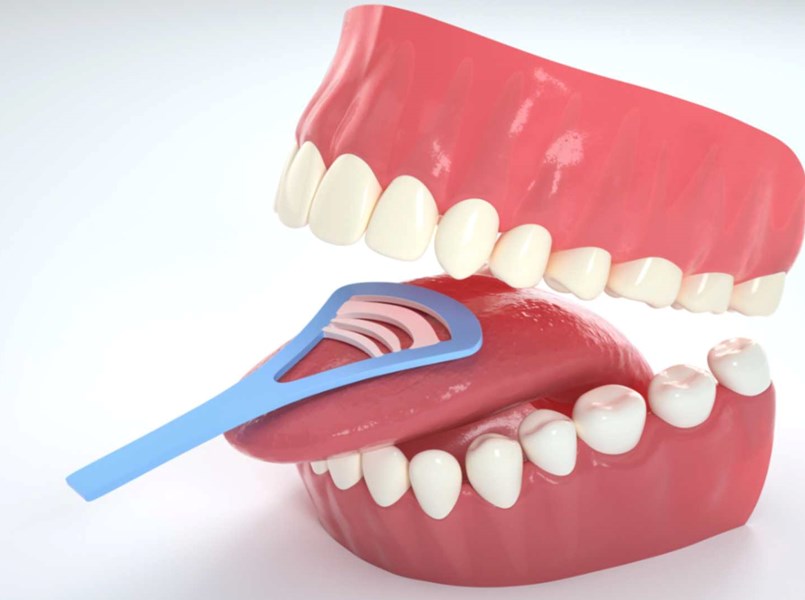

A white tongue refers to a change from the tongue’s natural pink color to white, caused by a buildup of coating on its surface. These white patches are often thick, uneven, and can cover the entire tongue or appear in isolated areas.
In more severe cases, the coating may become so dense that people describe it as feeling like they have "hair" in their mouth. Besides being unpleasant, these coatings can interfere with the natural feeling of cleanliness in the mouth.
Visually, a white tongue can seem alarming and may indicate the need for a proper tongue cleaning routine or a consultation with a dentist.
White tongue in adults, children, or even infants can be a sign of various oral health issues, such as fungal infections, dehydration, or poor oral hygiene. That’s why it’s important to identify the underlying cause and seek dental advice when necessary.
If a white tongue is the only symptom and there are no other concerns, visiting a dentist isn’t urgent. However, if you notice additional signs like a swollen tongue, cracks, pimples, white spots that resemble blisters, a burning sensation, or sores, you should consult a healthcare professional.

Tongue diseases can affect the mucosal surface, the muscular structure, or be a reflection of systemic disorders in the body.
Inflammation is common, such as glossitis, which may occur due to irritation, infection, or deficiencies in vitamin B12 and iron.
Fungal infections (most commonly Candida albicans) lead to white patches and a burning sensation.
Lichen planus on the tongue is recognized by white, lace-like patterns and may be associated with autoimmune conditions.
Geographic tongue is marked by irregular red areas that change location; it is usually harmless but can cause discomfort.
Leukoplakia appears as white, thickened lesions and should be monitored regularly due to its potential for malignant transformation.
Smooth, red, and painful areas may point to atrophic glossitis.
The presence of ulcers or sores that do not heal within two weeks must be taken seriously, as they can indicate tongue cancer.
Occasionally, cysts, papillomas, or viral changes such as HPV are diagnosed. In any case of concern, clinical examination and, if needed, biopsy are recommended to determine the correct diagnosis.